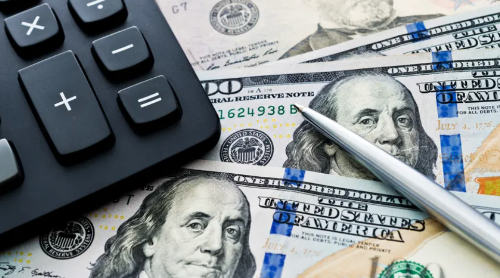Understanding Cash Loans in the USA

They are designed to help individuals cover immediate financial needs until their next paycheck. This article will explore the basics of cash loans in the USA, their benefits and drawbacks, and what borrowers should consider before applying for one.
What is a Cash Loan?
A cash loan is a small, short-term unsecured loan, typically due on the borrower’s next payday. These loans are generally easy to access, requiring minimal paperwork and approval processes. They are often used for emergencies or unexpected expenses, such as medical bills, car repairs, or urgent home repairs. The amount that can be borrowed usually ranges from $100 to $1,000, depending on the lender and the borrower’s income.
How Do Cash Loans Work in the USA?
In the USA, cash loans are offered by various lenders, including payday loan stores, online lenders, and some credit unions. To apply for a cash loan, borrowers must provide proof of income, an active checking account, and identification. The application process is typically quick, and many lenders can approve loans within minutes. Once approved, the loan amount is deposited directly into the borrower’s bank account, usually within 24 hours.
Benefits of Cash Loans
Cash loans offer several benefits to borrowers:
Quick Access to Funds: One of the main advantages of cash loans is their speed. Borrowers can access the funds they need in a very short time, making them ideal for emergencies.
Minimal Requirements: Cash loans generally have fewer requirements than traditional loans. Most lenders do not require a high credit score, collateral, or lengthy application forms.
Flexibility: Borrowers can use the funds from a cash loan for any purpose, whether it’s covering a utility bill, medical expenses, or other unexpected costs.
Drawbacks of Cash Loans
While cash loans offer quick financial relief, they also come with significant drawbacks:
High Interest Rates and Fees: Cash loans often have very high interest rates and fees compared to traditional loans. The annual percentage rate (APR) can range from 300% to 700%, depending on the lender and state regulations.
Short Repayment Terms: Most cash loans are due on the borrower’s next payday, which can be challenging for those already facing financial difficulties. If the loan is not repaid on time, additional fees and interest can accumulate quickly.
Risk of Debt Cycle: Due to the high costs and short repayment terms, borrowers can easily fall into a cycle of debt, taking out new loans to pay off existing ones.
Alternatives to Cash Loans
Given the high costs associated with cash loans, it is important to consider alternatives:
Personal Loans: These are often available from banks and credit unions at lower interest rates and with more favorable terms than cash loans.
Credit Card Advances: While still expensive, credit card cash advances can be cheaper than cash loans if repaid quickly.
Borrowing from Friends or Family: This option might be more flexible and have lower or no interest.
Financial Assistance Programs: Many non-profit organizations offer assistance programs for those in financial distress, which can provide a better solution than a high-cost loan.
Conclusion
Cash loans in the USA provide quick financial relief for those in urgent need, but they come with high costs and risks. Borrowers should carefully consider their options and potential alternatives before committing to a cash loan. Understanding the terms, interest rates, and repayment schedules is crucial to avoiding the debt cycle and making the most of this financial tool.



